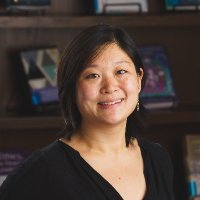
Melinda Yang
@myanglab
Human evolutionary geneticist who computes
Assistant Professor at the University of Richmond
ID: 1305866881304322049
15-09-2020 13:51:49
65 Tweet
190 Followers
120 Following

Virtual #NatTalk TOMORROW: How Rare is Rare? Tallying T. rex. 🦖 The fossil record is famously incomplete, so how do we reconcile this with incredible fossil finds? And what's the latest with T. rex? Find out 8/31 at 6 PM with #TheNat's very own Ashley W Poust. sdnhm.org/calendar/natta…

I have news. I'm so excited. We're hiring! The ecology and evolutionary biology department UC Santa Cruz are recruiting an evolutionary biologist (broadly defined). More info here: recruit.ucsc.edu/JPF01140 or DM me!


I am happy to announce that Mikkel H. Schierup, @SkovLaurits, Benjamin Peter and I are publishing our research today in Nature Communications. nature.com/articles/s4146… Spoiler alert: We found that there has been changes in generation intervals among populations. Wanna know more? 🧵👇 1/14


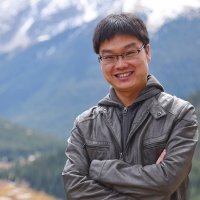

When it's Christmas Day and your 1120 am flight is delayed to 5:40 pm...then 6:16 pm...then 7:20 pm... Spirit Airlines 😭

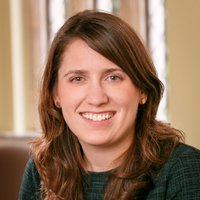


I loved teaching this course with Prof. Leslea J. Hlusko as a GSI back in 2013. She taught me so much about teaching, and she and her course was a huge source of inspiration for the human evolutionary genomics class I now teach. Very excited more ppl will have access to these engaging lessons!

Attending my second GEP Alumni Workshop and loving the discussion and learning I'm getting from everyone in this community. From pedagogy discussions to ways to increase equity to building community, so much cool stuff. Looking forward to next two days. BINGO! Genomics Education Partnership
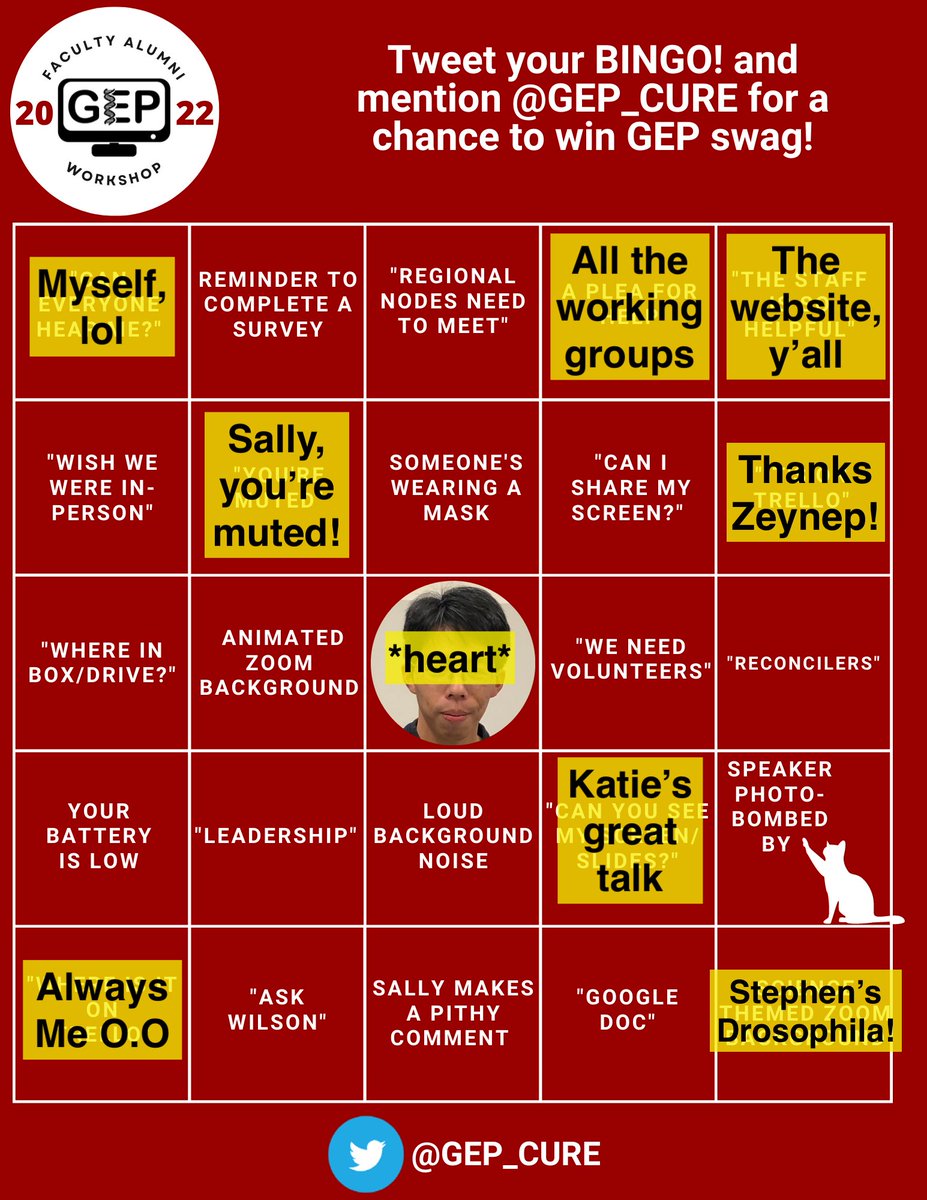
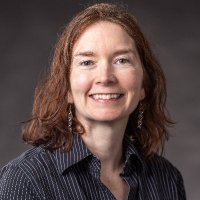
Great Genomics Education Partnership DMV regional meeting! Student talks were so impressive. Thanks for hosting Melinda Yang. RU Biology



Hopping back on Twitter to share the new article we have out in Science Advances, with 汪 鸿儒 (Hongru Wang) and Qiaomei Fu! Also sharing a great write-up by 🧫🧬 miriam fauzia 🔬🖋, and for those who want to dig into the paper itself, the link is here: science.org/doi/10.1126/sc…

